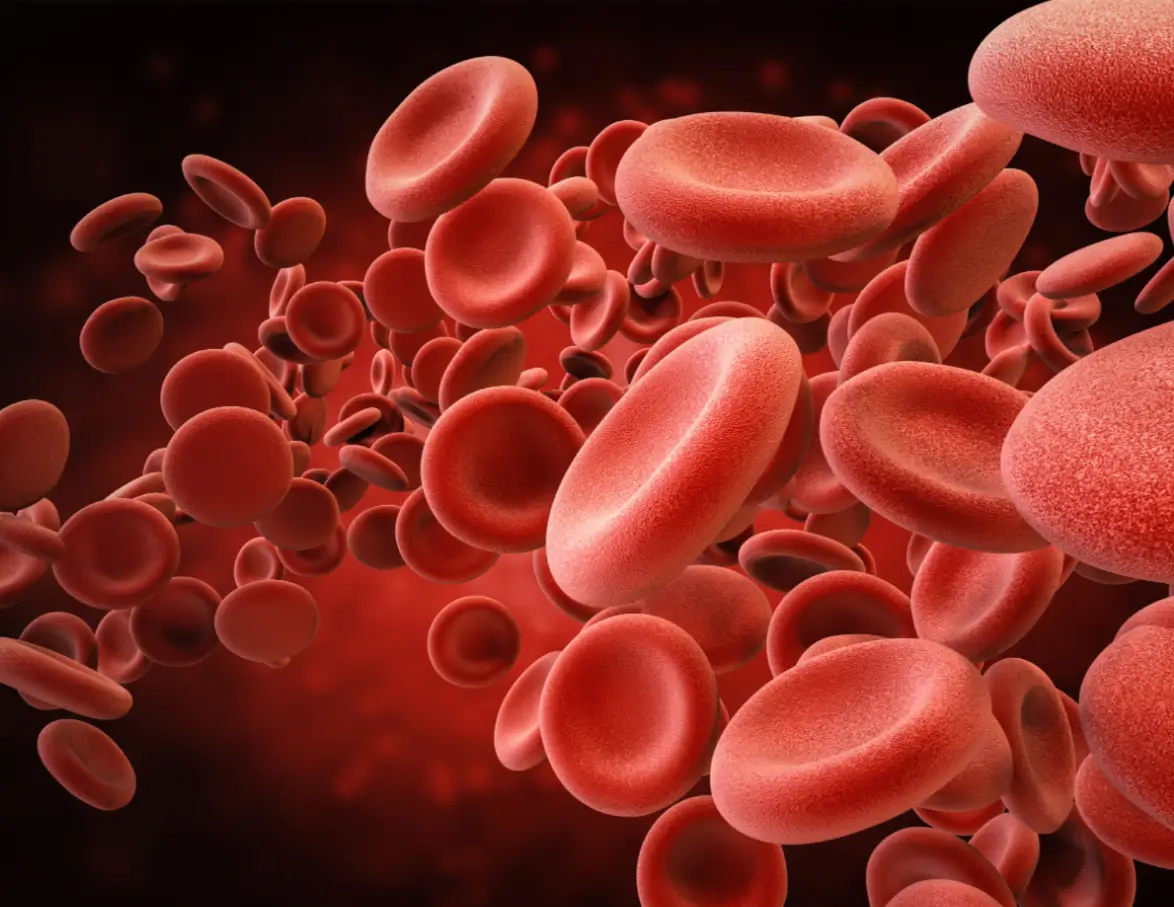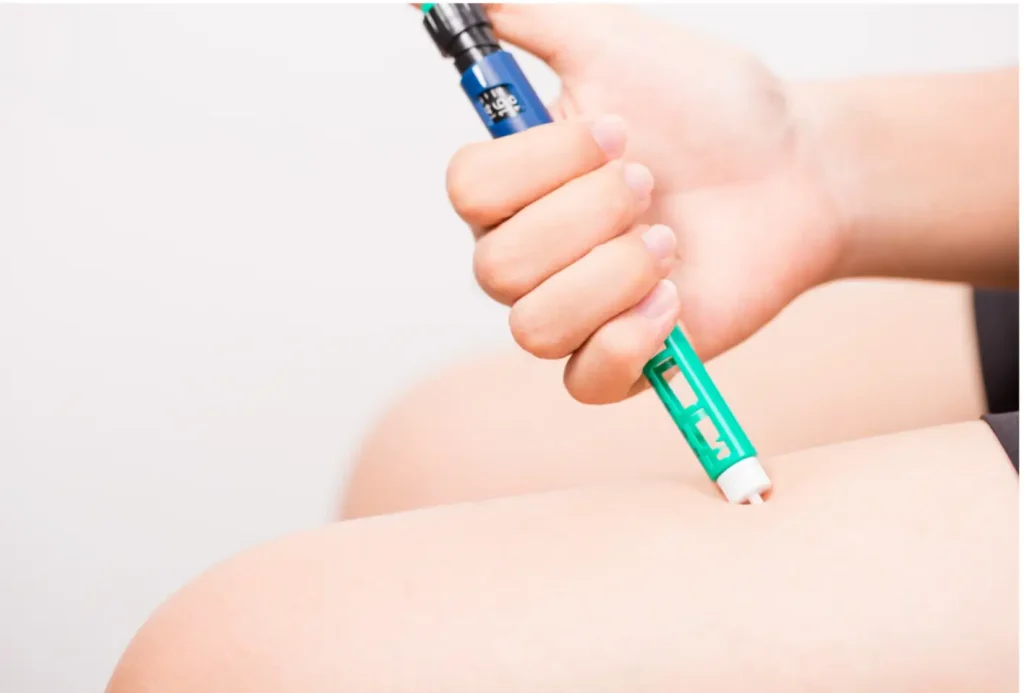Systemic lupus erythematosus (SLE) is a chronic autoimmune disease that affects roughly 204,000 people in the United States. Interestingly, 90% of those diagnosed are women, particularly those of childbearing age. Certain groups, such as Black and American Indian/Alaska Native women, are two to three times more likely to develop lupus than White women, and they often face more severe disease symptoms and higher mortality rates.
With SLE’s complexity and wide variability, biologic therapies have become essential in managing moderate to severe cases. Saphnelo and Benlysta, two FDA-approved biologics, work in different ways to modulate the immune system. These treatments represent a shift toward personalized care, carefully balancing efficacy, safety, and the unique needs of patients’ lifestyles.
In this article, we’ll dive into a comparison of Saphnelo and Benlysta, focusing on their safety profiles, administration logistics, and practical considerations for both clinic workflows and patient preferences.
Key Takeaways
- Saphnelo and Benlysta are FDA-approved biologics for the treatment of SLE, but they target different immune pathways, offering patients a choice based on disease profile and treatment needs.
- Saphnelo is administered via IV infusion every four weeks.
- Benlysta offers both IV and subcutaneous options, with the latter offering patients the flexibility to administer treatment at home.
- Saphnelo is ideal for patients with high disease activity driven by interferon pathways. At the same time, Benlysta can be used in more SLE subtypes, including lupus nephritis and pediatric patients as young as 5.
- Both treatments carry risks, including infection, depression, and infusion-related reactions, requiring careful monitoring and patient education.
- The choice between Saphnelo and Benlysta should factor in safety, efficacy, convenience, and the patient’s lifestyle preferences.
About: Medical Spa RX provides medical practices with premium products at the best prices. If you’re looking to buy Saphnelo online for your practice, the sales representatives at Medical Spa RX can give you guidance.
Mechanism of Action: Saphnelo vs Benlysta
Saphnelo (anifrolumab-fnia) is a monoclonal antibody that works by blocking the type I interferon receptor. This mechanism is essential for reducing the immune system’s overactivation, which is one of the main causes of systemic lupus erythematosus (SLE) inflammation. For patients with high disease activity driven by interferon pathways, Saphnelo can be particularly beneficial in managing lupus symptoms.

On the other hand, Benlysta (belimumab) targets B-lymphocyte stimulator (BLyS), a protein that plays a key role in the survival and activation of B cells. By inhibiting BLyS, Benlysta helps to reduce the production of autoantibodies that contribute to lupus-related inflammation and tissue damage. While both drugs are biologic therapies, their distinct mechanisms target different immune system pathways to manage SLE.
Efficacy & Indications: Saphnelo vs Benlysta
Both Saphnelo and Benlysta are FDA-approved biologics for the treatment of systemic lupus erythematosus (SLE). However, their indications and clinical results differ slightly:

- Saphnelo is approved for adult patients with moderate to severe SLE who are receiving standard therapy. It has shown to significantly improve overall disease activity scores and reduce flare frequency in clinical trials.
- Benlysta, however, holds approval not only for SLE but also for lupus nephritis (kidney involvement in lupus). Studies with Benlysta demonstrated reduced disease activity, fewer flares, and steroid-sparing effects, making it a solid option for patients with kidney involvement. Benlysta is approved for both pediatric and adult patients, starting as young as age 5, which makes it a versatile treatment option across different age groups.
One important note: while Saphnelo is not recommended for severe active lupus nephritis (LN) or central nervous system (CNS) lupus, Benlysta also carries a similar limitation regarding severe active CNS lupus. These limitations should guide treatment choices based on the specific subtype of lupus a patient has.
Safety Profiles Comparison: Saphnelo vs Benlysta
Both Saphnelo and Benlysta generally have favorable safety profiles, but each presents distinct considerations based on their mechanisms of action.
Saphnelo
Saphnelo side effects are typically mild and temporary, including upper respiratory infections, cough, headache, and infusion-related reactions, which may require premedication or monitoring.
Patients should be made aware of the possibility of hypersensitivity reactions during or after infusion, ranging from mild rashes to severe anaphylaxis, although such reactions are rare.
Providers should also monitor infection risks, especially in patients with conditions like COPD or diabetes.
Benlysta
Benlysta‘s common side effects include nausea, diarrhea, fever, and infusion-related or injection site reactions, such as redness or mild swelling. While these effects are usually mild and resolve on their own, Benlysta does carry an elevated infection risk, including the potential for serious infections.
Like Saphnelo, Benlysta requires careful monitoring of infection risks, and live vaccines should be avoided during treatment to reduce complications. Additionally, there have been reports of depression and suicidal ideation in some patients, making regular psychiatric screening important.
Both therapies require baseline evaluations and ongoing monitoring to track treatment progress and ensure patient safety.
Practical Considerations: Clinic Workflow & Patient Lifestyle with Saphnelo vs Benlysta
The choice between Saphnelo and Benlysta may also depend on administration logistics and the patient’s lifestyle:
Saphnelo is given as a 30-minute intravenous (IV) infusion every four weeks, which allows for predictable scheduling and less frequent clinic visits. This may be an ideal option for patients who prefer fewer trips to the clinic or who may have difficulty with transportation.
Benlysta offers two options:
- IV infusion (~1 hour) every two weeks initially, then monthly
- Subcutaneous injection administered weekly at home
The subcutaneous option provides greater autonomy for patients but requires them to know how to self-inject. The IV route still requires clinic visits, which may be better for patients who prefer regular clinical oversight. Clinics must manage these dual workflows to accommodate both in-office and home-based treatments.
For patients, Saphnelo may be the better choice for those who prefer fewer visits, while Benlysta SC offers more flexibility with home administration.
Conclusion
Both Saphnelo and Benlysta are effective treatments for systemic lupus erythematosus (SLE), but their mechanisms of action, indications, and administration routes present different advantages depending on a patient’s specific needs. Patients with moderate to severe SLE driven by interferon pathways may prefer Saphnelo more, whereas Benlysta is a broader option, particularly for those with lupus nephritis or pediatric patients.
The decision between the two should take into account safety profiles, patient preferences, and clinical practicality, with careful consideration of infusion schedules, side effects, and patient lifestyle. Collaboration between healthcare providers and patients is key to finding the best treatment plan, ensuring optimal disease management and patient satisfaction.
FAQs
1. What does Saphnelo do?
Saphnelo (anifrolumab) is an FDA-approved biologic treatment for adults with moderate to severe systemic lupus erythematosus (SLE).
2. How does Saphnelo work?
It targets type I interferon receptor activity, which plays a key role in lupus-related inflammation and immune system overactivity.
3. How is Saphnelo administered?
Experts give Saphnelo through intravenous infusion, typically once every four weeks in a healthcare setting.
4. Does Saphnelo cause weight gain?
Weight gain is not a common side effect of Saphnelo. Most weight changes are linked to other lupus treatments.
5. What are the common side effects of Saphnelo?
Reported side effects include infusion-related reactions, upper respiratory infections, and shingles. Most are mild to moderate.
6. Can I use Saphnelo with other lupus medications?
Yes, it is often used alongside standard therapies like corticosteroids or antimalarials, but always under medical supervision.
7. How long does it take to see results with Saphnelo?
Many patients begin noticing improvements in lupus symptoms within a few months, though response times can vary.
References
CDC. People with Lupus. Lupus. Published May 15, 2024. https://www.cdc.gov/lupus/data-research/index.html
Clinical Data – SAPHNELO for HCPs. Multibrand. https://www.saphnelohcp.com/clinical-data.html
Lupus – Diagnosis & treatment. Mayo Clinic. Published October 21, 2022. https://www.mayoclinic.org/diseases-conditions/lupus/diagnosis-treatment/drc-20365790





















